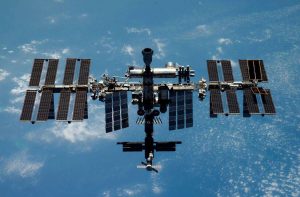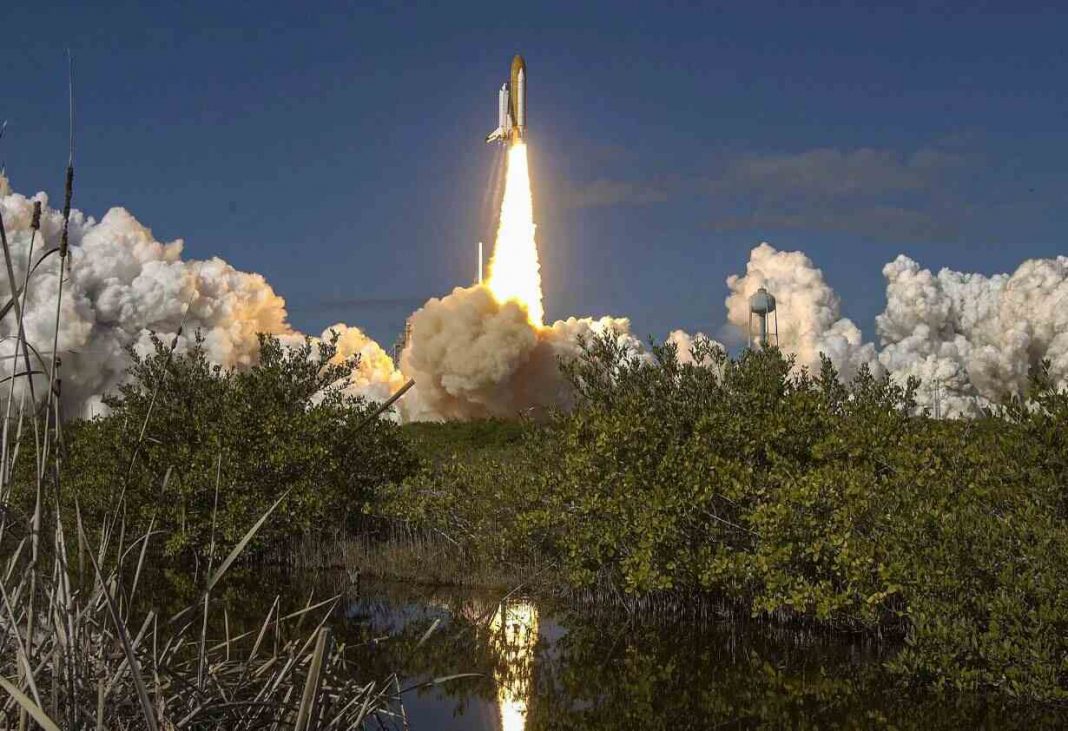The month of February’s activities in space begin with a solemn remembrance.
The Columbia catastrophe, in which seven astronauts were killed when their space shuttle broke up on a return journey to Earth after 17 days in orbit, will be commemorated on the first day of the month, marking the 20th anniversary of the event. Insulating foam that broke loose from the shuttle’s external fuel tank as it was in the process of ascending into orbit was the root cause of the accident. The shuttle’s left wing was damaged when it was hit by the foam, which contributed to the thermal shielding failing 16 days later while the shuttle was re-entering the atmosphere.
At a time when the primary mission of many space shuttle missions involved the construction and resupply of the International Space Station, the primary mission of the final flight of the Columbia was a scientific mission. This mission gave priority to experiments that were conducted aboard the space shuttle while it was in orbit.
Green Light for a Comet

For the first time in over 50,000 years, the comet C/2022 E3 (Z.T.F.) has been slowly approaching Earth as it passes by our planet. The comet will reach its closest approach to our planet on Thursday, February 2, and its green-colored ice ball and tail will be visible from the surface of the Earth at this time.
Even if the weather prevents people from seeing the comet on that day, there may be other possibilities to view it in the future. One of these opportunities will be on February 10, when the comet will be close to Mars in the night sky, which may make it simple to locate.
The Space Station has a lot of traffic
At the end of this month, there is a possibility that two spacecraft, each with a vital mission, may dock at the International Space Station.
The first object, which might be launched as early as the 20th of February, will be an empty Russian Soyuz spacecraft. The purpose of the spacecraft is to give a ride back to Earth for three astronauts from the United States and Russia, whose previous vehicle was destroyed in December by an event that was presumably caused by a collision with a micrometeoroid. It had been anticipated that this group of astronauts would return to Earth in March, but it’s possible that they’ll remain in orbit for many more months.
The date of the launch of Crew-6, which will consist of four astronauts travelling to the International Space Station on SpaceX’s Crew Dragon vehicle to take the place of Crew-5’s four astronauts, may be impacted by the outcome of this voyage. Andrey Fedyaev of Russia, Stephen Bowen and Warren Hoburg of NASA, and Sultan Alneyadi, who will be the second astronaut from the United Arab Emirates to visit the station, will all be travelling to the station together as part of Crew-6.
New Rocket Progress
The highlights of 2023 will be the first flights of newly developed rockets (or the first flights of already developed rockets from new locations).
This front got off to a rocky start in the month of January. After conducting prior missions from its home base in New Zealand, the business Rocket Lab successfully completed its maiden flight from a launchpad on Wallops Island in Virginia. However, Virgin Orbit was unable to successfully launch the first orbital rocket from England in their attempt. During the first launch of their rocket, the business ABL Space Systems had what they described as a “energetic explosion.”
There are other rockets that you should keep an eye on throughout the month of February. The fuelling test of SpaceX’s Starship, the prototype for the company’s next generation orbital rocket, was successfully completed at the end of January. The rocket is an essential component of both SpaceX and NASA’s long-term goals to land humans on Mars and return astronauts to the moon, respectively. This month, the corporation may try something called a “static fire” for the first time. During this test, all 33 engines on the rocket’s booster stage will burn, but the ship will remain stationary. If all goes according to plan, the maiden launch of the rocket into space might take place in March.
There is additional work being made by other launchers. United Launch Alliance is working on getting ready for the first voyage of its brand-new Vulcan Centaur rocket, which is expected to take place in Florida within the first three months of the year. Another business, Relativity Space, has also been on the launchpad in Florida with its Terran 1 rocket, and the launch of that rocket is anticipated to take place in the near future.

